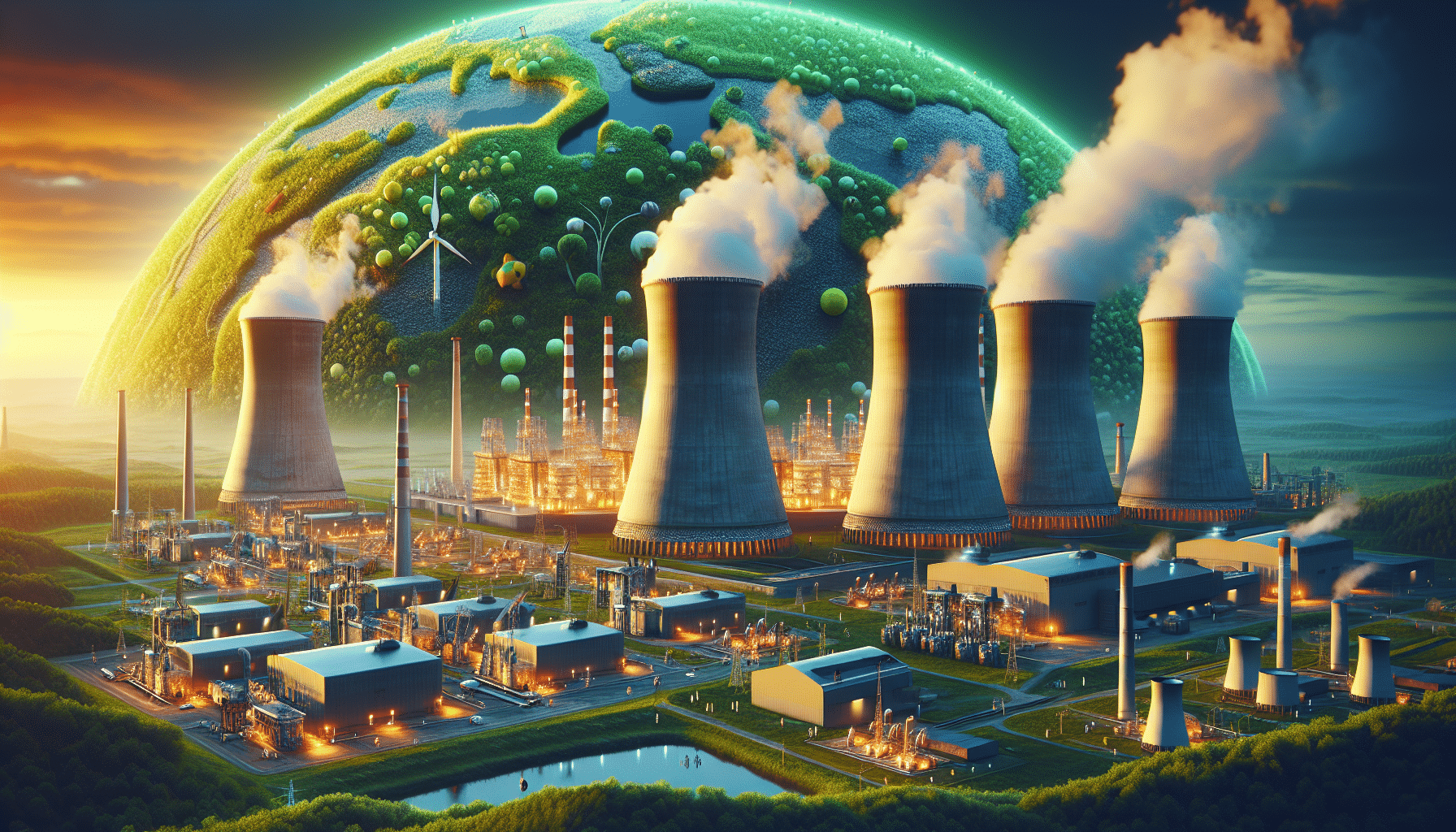In 2023, thirteen countries in the European Union (EU) increased their nuclear energy production, reaching a total of 619,601 gigawatt hours (GWh), which marks a 1.7% increase compared to the previous year. This growth has been primarily driven by the return to operation of several reactors in France, which is by far the leading nuclear energy producer in the region. The nuclear facilities of these countries accounted for 22.8% of the total electricity production in the EU.
France, with a prominent 54.6% of the total nuclear energy generated in the union, produced 338,202 GWh. Spain ranked second, contributing 58,873 GWh, which is equivalent to 9.2% of the total nuclear production. Sweden and Finland also made significant contributions, with 48,470 GWh (7.8%) and 34,308 GWh (5.5%), respectively. In a significant turn of events, Germany experienced a dramatic drop in its production, reaching only 7,216 GWh before completely ceasing its nuclear generation in April of this year, marking the end of its role as one of the largest producers in the EU, a status it had maintained until 2021.
The dependency on nuclear energy varies significantly among the different EU countries. France and Slovakia are the most dependent, with percentages reaching 65.0% and 62.0% of their electricity coming from nuclear energy, respectively. In contrast, Germany barely generated 1.4% of its electricity production from nuclear sources, while in the Netherlands, this figure stood at just 3.3%.
This energy scenario highlights an evolving context within the EU, where both challenges and opportunities arise in the transition towards more sustainable energy sources. The importance of nuclear energy remains in the debate on sustainability and energy security, requiring careful consideration on how to balance energy production with environmental and supply needs in the future.
via: MiMub in Spanish











